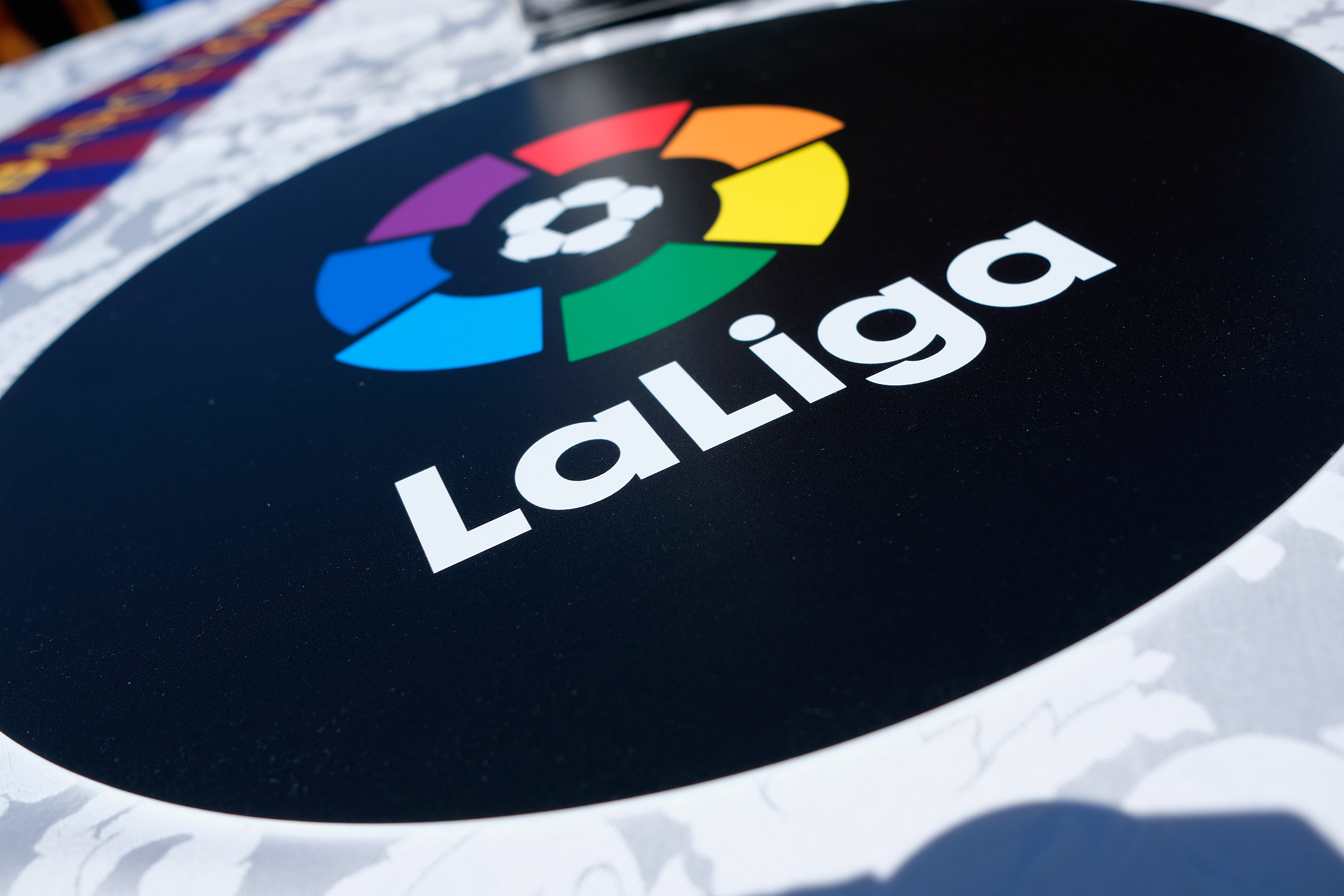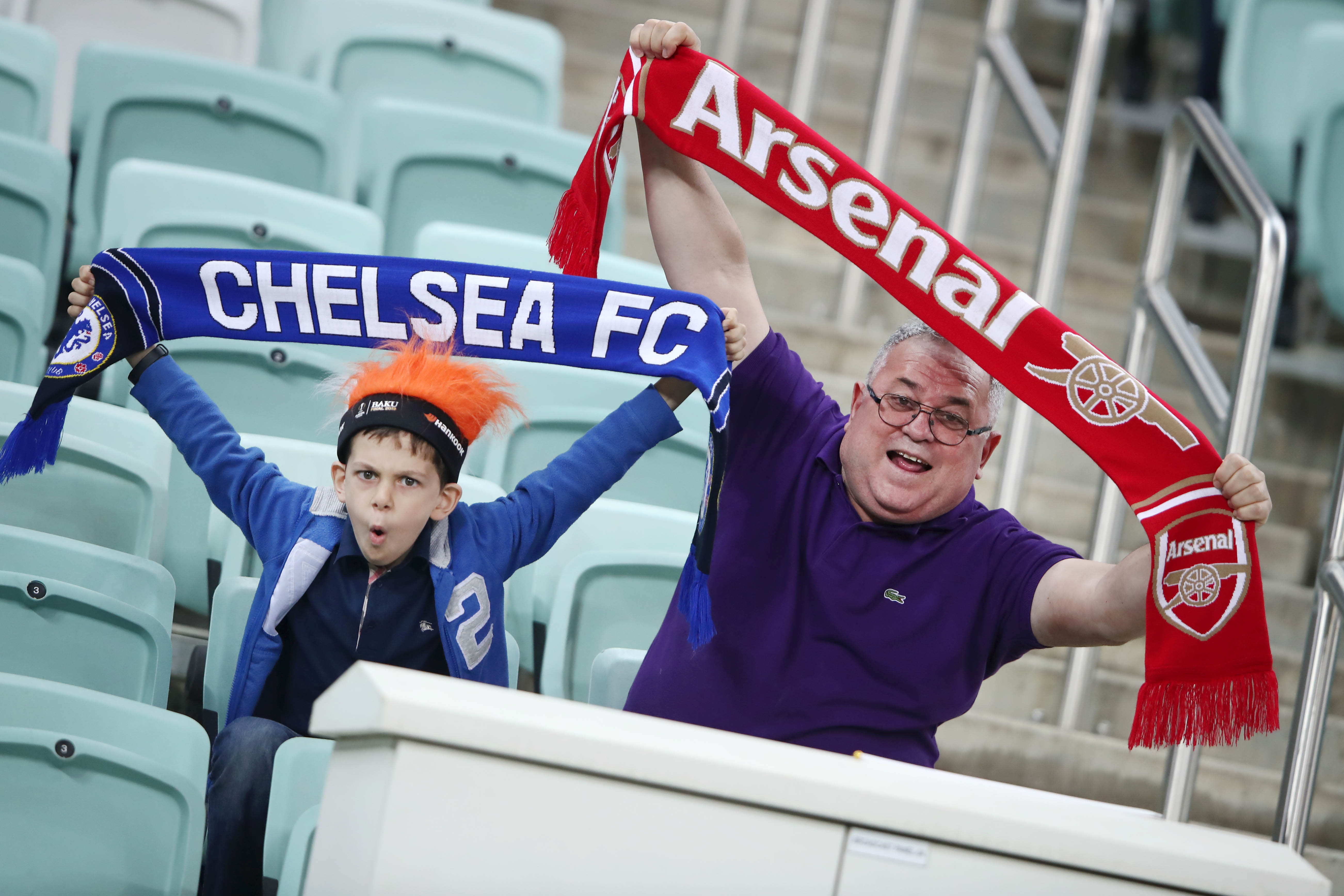As footballer lovers from India, we can only hope and pray that our nation would one day make it to the World Cup. Till then, we can only sit back and cheer for other nations. During the world cup, a visit to any lane in Kolkata, Goa or Kerala would feature the sight of Argentine or Brazilian flags draped across two lamp-posts.
But, what exactly attracts the Indian football fans to these teams? Argentine fans usually give an answer regarding Maradona; justifiable. Ask a Brazil fan, pat will come the reply “… because they play beautiful football. aka Joga Bonito”. Brazilian fans often have preconceived notions that Brazil is the only team to play attractive football. Are they right?
Does Brazil really play Joga Bonito, now? Have they been doing it for last 20 years? Let us analyze what makes Brazil this popular, and whether their claim to the throne of Joga Bonito is justified.
Early heartbreaks..
Let’s mount the time machine and wind back 72 years to the 1938 World Cup. Uruguay were the original magicians of South America; they played some wonderful football to capture two Olympic gold medals in the late twenties, as well as to clinch the first world cup title. Europe was in awe of the ball skills of these South American players. While Uruguay preferred individual talents, the Danubian School of football (Hungary, Czechoslovakia, and Austria) preferred a short passing, silky smooth game. The Austrian Wunderteam and the Uruguay national team were the early pace setters of “Beautiful football”.
Brazil had participated in both ’30 and ’34 world cups, but nobody remembered them. Brazil – Poland was the first game televised across France in ’38. It was in this game the world first saw glimpses of something that would be obvious in coming decades – Brazilian flair. Brazil won that epic game 6-5. Leonidas da Silva exploded onto the world scene; he was the arguably the first Brazilian superstar. Brazil were the firm favourites for the title. But Leonidas was inexplicably rested for the semi-final, and a grateful Italy duly dumped Brazil out in the semis.
The football crazy nation hosted the first post-war World Cup. National hysteria was on an all-time high, as Brazil was once again tipped to win the title. On a sun-lit afternoon in Rio, Brazil faced Uruguay, in a match to decide who would take the title. In front of a record 200,000 crowd, “Maracanazo” happened; it was a black day in Brazil’s history – heart broken fans committed suicide, and players of that squad were treated as national villains and never again drafted in the team. In all this pandemonium, the quality of the Uruguayan team was often overlooked; they were possibly the better team. Uruguay still hadn’t lost a world cup match since 1930. Four years later Uruguay would lose, in the semi-final, to Puscas’ “Magical Magyars”. Hungary, on their march to the final, had once again broken Brazilian hearts. In the early 50’s, Hungary epitomized attacking and exciting football; Brazil still had to do some catching-up.
Unbeatable Brazil, beautiful Brazil..
To console his distraught father, after Brazil’s loss in 1950, a 9 year boy had promised him “to win the world cup”. Eight years later, that 17-year-old boy would make his debut against Lev Yashin. The world warmed up to Edson Aranxtes Do Nasimento. Pele. Coach Vicente Feola had constructed an unbeatable team, a team of brilliant individuals, whose tactical innovations often go unnoticed. Feola’s Brazil perfected the 4-2-4 system. They were the first team to take a psychiatrist and a dentist with the squad; they were also the first team to send out scouts before a World Cup match, to gauge their opponent’s players.
Brazil team lines up in 1959 Copa America
What a team that was! Pele, Garrincha, Didi, Vava upfront; brilliant full-backs, Djalma and Nilton Santos, who choose to attack instead of defend; Mario Zagallo, an astute match reader and Zito, the brains behind the incessant forward movements – this was the perfect attacking team. After a wobbly start, Brazil scored ten goals in the semi-final and final, to take home their first Julet Rimet trophy. Pele would score five goals in the last games, and became a household name.
This was just the start. The Brazilian team of 1962 took up their performance a notch higher. Pele was injured early in the tournament. Despite missing probably their best player, Brazil effortlessly won the title, courtesy of Garrincha. In his native land, he is often mentioned in the same bracket as Pele. Garrincha was a genius with the ball in his feet; he possessed incredible dribbling skills and a surprisingly good free-kick. His slight birth defect resulted in a slightly shorter left leg, which Garrincha turned into his major strength.
Garrincha : A Magician with the ball
Brazil arrived in England in ’66 as heavy favourites. Vava, Didi, Zagallo and Nilton Santos were not in the squad, but it was bolstered by the arrivals of Gerson, Jairzinho and Tostao. However, 1966 would prove to be a nightmare for La Selecao – this was the first time that the gifted players would come across opponents who wanted to hack them down, to injure them, to stop their flow. It was a controversial world cup, where South American teams received a fair share of bad refereeing decisions. Pele was kicked and heckled against Portugal, and went off injured. A dejected Brazil became the first defending champion to be knocked out in first round.
They looked determined to get back to the top four years later, in Mexico. Mario Zagallo had taken over the reigns of the team. Led by an ageing Pele, Brazil would script history. This was first World Cup to be televised in multi-colour, and Pele’s Brazil obliged the world wide audience with some of the most brilliant displays ever seen on the field. Gerson and Tostao were captivating play-makers. Supporting Pele up top was the right winger Jairzinho; he changed positions with Pele effortlessly, and also created a record of scoring in every single world cup game in Brazil’s march to the final. Another key player of that team was full-back Carlos Alberto. In the same mould as Nilton or Djamla Sanos, Carlos would always be an extra attacker for Brazil, and he scored a screamer in the final.
The Black Pearl in full flow (Brazil vs Czechoslovakia, 1970)
Fittingly, Brazil beat Italy in the final. This was a battle between the embodiment of attacking football and the best defensive team in the world. Pele started the rout. The Italian defense, led by Gacinto Fachetti, held on till the 66th minute. But the scintillating Brazilian forwards, coupled with the rigours of an epic semi-final against West Germany took its toll, and Italy lost 4-1. In many parts of the world, this was the first widely telecast World Cup. The exploits of the Brazilians made them an instant favourite, a position they have not relinquished since then. Brazil’s fourth goal against Italy is the perfect example of a typically skilled and direct move – a few good touches and a beautiful finish.
Change in football landscape..
The 1970s, like many other things, brought a change in football, thanks to Rinus Michel and his brilliant Holland team. In 1974, playing a bright, fast paced game termed as “Total Football”, they stormed their way to the final, seeing off Brazil en route. It was arguably the greatest game Johann Cryuff ever played. The 2-0 Dutch win symbolized a change of guard. Brazil struggled with Holland’s fitness and movement, and was largely overrun. The age old penchant of buccaneering Brazilian football suddenly looked ineffective. Teams started focusing more on the team game rather than on individual talents; football was becoming negative.
A marked difference between Brazil and the rest of South American teams was always how direct Brazil was. Teams like Uruguay & Argentina relied on elaborate pattern-plays to open up the opponent defence, but it wasn’t the case with Brazil. They rarely relied on patterns; their primary target was to score a goal, and they tried all sorts of different things to accomplish that, ranging from a deft piece of individual skill to a perfectly orchestrated team move. The persistence in attack left them open to counter attacks, and attacking full-backs often left their posts unguarded. The age of all-out attack was coming to an end. Brazil, the high priests of the old exciting way of football, struggled to adapt. There was a slight improvement in 1978, but a third place was a minor achievement; Brazil didn’t look like winning the World Cup anytime soon.
The Best team to never win the world cup?
In 1980, Tele Santana took over as coach.There was only one way that he would play football – attack, attack and attack. He was blessed with unarguably the best generation of footballers since Pele’s era. Zico, nicknamed “White Pele” led the attack. Backing him was the bearded and genius playmaker Socrates, with Edson, Cerezo, Falcao completing a brilliant line of offence. Brazil were brilliant, as they swept past the group stage – such silky and free-flowing football had not been witnessed after 1970.
Socrates in action against Scotland
The team under Santana was made up of artists, who played beautifully because they could; results were secondary. Predictably, they fell short in the back line. In a classic match, Paolo Rossi scored a hattrick to knock out Brazil. Brazil could have progressed with a draw, but they chose not to sit back, a crucial mistake. There were two more things missing – the first a quality goalkeeper, and secondly a proper defensive midfielder. Italy,with Dino Zoff and Marco Tardelli in these respective crucial positions, trumped the creative Brazilian players.
1986 was no different; Brazil did well in the group stages, but again fell short in the quarter final. This time it was Michel Platini’s France who knocked them out in tie breaker. The term “Joga Bonito” was first used to describe this team’s approach. Brazil’s current popularity and their association with term can largely be credited to this team. Ironically, this was one of Brazil’s least successful teams.
Brazil vs France in 1986 world cup
In the early 80’s, Graham Taylor at Watford began using pressing football as a proper defensive tactic. Arrigo Sacchi perfected it with AC Milan in the late 80s. Players were no longer allowed too much space, and football became more negative. To survive, Brazil had to change and adapt to the new style of football.
Continued to Part-2










